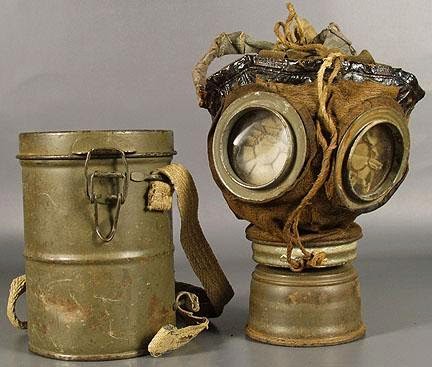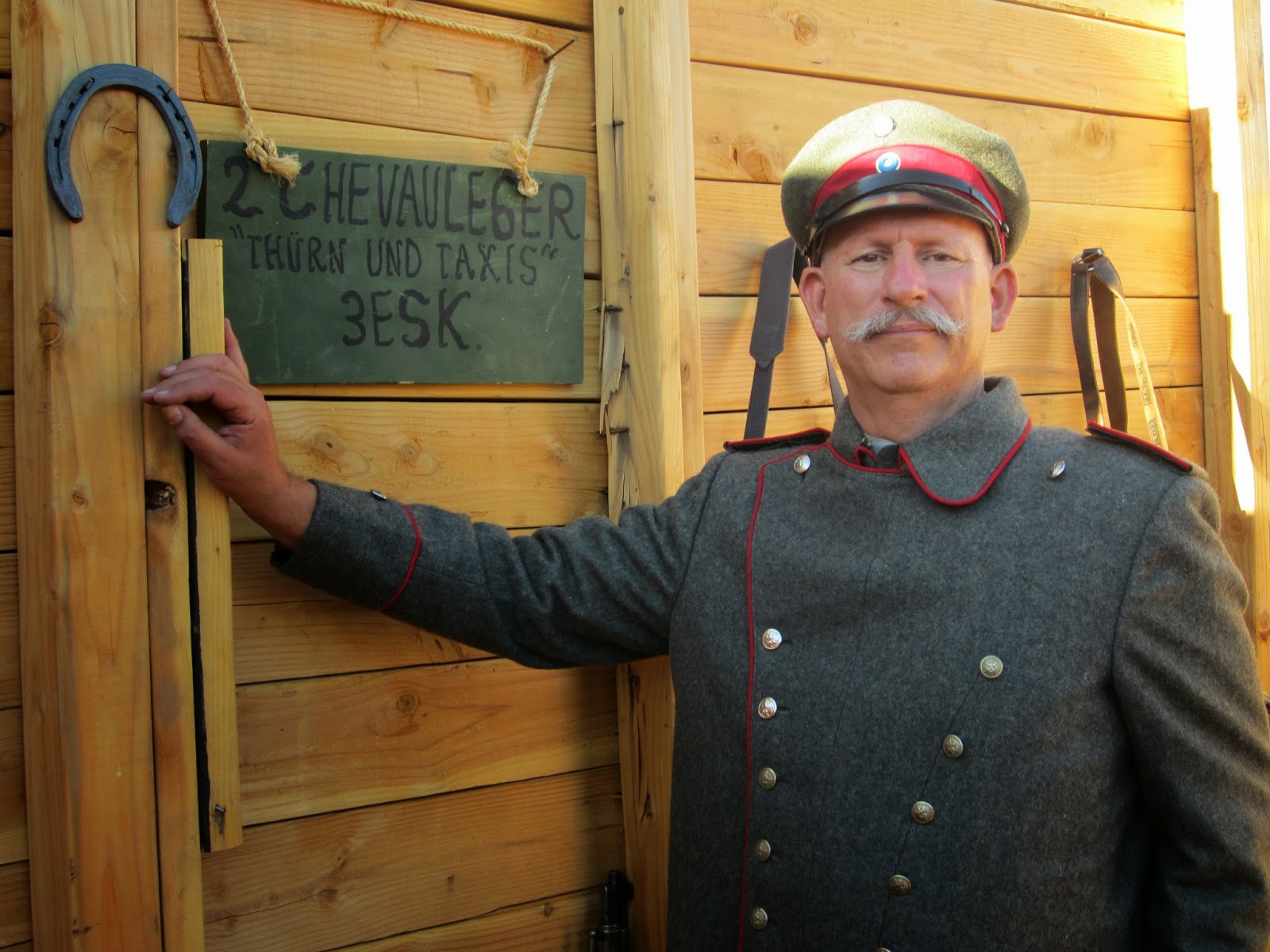Here are some more notes regarding equipment issue in the German Cavalry as translated from Jürgen Kraus. There are some real nuggets of information here that have never before been published in English (as far as I know). In particular, I would like to draw attention to the fact that at the outbreak of the war in 1914, the cavalry was NOT issued with bread bags, canteens, and Zeltbahns. One would think that these basic items would have been issued to the individual cavlary trooper as was the case with the rest of the German Army. It completely staggers the imagination and I can only speculate as to the thought process behind this.
The following are notes based
on my translations of passages from Jürgen Kraus’s 3-Volume Work Die feldgraue Uniformierung des deutschen
Heeres 1907-1918, pp. 585-587. The translation was made via a computer
translating program and as such, has its limitations. I have inserted question
marks where I was unable to make sense of the translation. This is just a first
attempt so please be patient, my knowledge of the German language is poor.
Equipment:
Bread bags, canteens,
backpacks, and tent equipment (e.g., tent, tent poles, tent stakes, tent rope)
were not part of the standard equipment issue for the cavalry. As the war
progressed, the absence of this equipment became painfully apparent.
The bread bag was approved for use in the Prussian Cavalry by official order on
January 13, 1915 followed by Bavaria on January 22, 1915, and Saxony and
Wurttemberg on January 19, 1915. To address the shortage of canteens, the
Bavarian Cavalry received them first by official order on September 14, 1914.
The Bavarian Cavalry Division canteens were appeared along the lines of the
ones issued to the field artillery with straps. The strap should be worn as
short as possible and slung over the left shoulder. These were approved for use
in the Prussian Cavalry by official order on February 14, 1914 (?).
On February 17, 1914 (?) by official Prussian order,
drinking cups were issued with cavalry canteens; The Saxon official order was
issued on March 4, 1915 and the Wurttemberg official order was issued on March
2, 1915. The Bavarian Cavalry sent a notice dated March 9, 1915 indicating that
they still lacked drinking cups due to the cavalry being provided with bread
bags (?).
With the official Prussian order on February 19,
1915, all mobile cavalry formations and reserve squadrons were equipped with
tent equipment. Tents were to be worn bandolier style over the shoulder. For
artillery, the greatcoat was also worn this way (?). In Bavaria, Saxony, and
Wurttemberg, this was ordered simultaneously on March 12, 1915.
In order to carry their equipment on foot when the
cavalry troopers were engaged in the trenches, they first took their saddlebags
from their riding equipment. Later, they tried to transport some of their
equipment wrapped in a blanket or tent, but pieces were lost. Finally, there
was a call for cavalry backpacks. In response, on November 25, 1914 the
Bavarian War Ministry ordered 5000 rucksacks for the Bavarian Cavalry Division;
the replacement soldiers were also equipped this way as of March 3, 1915.
Although equipping cavalrymen with rucksacks presented an unaccustomed image,
it became a common one and was also increasing with other contingents (?). The
rucksack was difficult to wear while on horseback and as a remedy, using
saddlebags was tried on a proposal of the 1st Guard Dragoon Regiment and this
was ordered by the Prussian War Ministry on October 3, 1916 and Bavarian War
Ministry on October 14, 1916 on a limited basis. These saddlebags had on button
that connected both sides of the saddlebags on a pivot and in that way they
could carry their greatcoats, mess kit, tent, and tent accessories bag on the
back. Saddlebags were then modified by the replacement squadrons at their home
stations and sent to the field. Since it was impossible to come to an
unambiguous verdict over the effectiveness of the saddlebags of the Bavarian
cavalry, the decision was made on June 15, 1917 to postpone the decision until
after the war.
For portable entrenching tools, at the beginning of the
war, each squadron was issued 8 small shovels and 8 axes which were fastened in
individual cases on their own, without use of the saddle (?) and over 15 wire
cutters and 4 folding saws were each carried in a pocket on the coupling (?).
This was directed by the Prussian War Ministry on November 8, 1912 and the
Bavarian War Ministry on December 4, 1912. The wire cutters were carried by the
trumpeters on their saber belts. On November 9, 1914, the Prussian War Ministry
ordered the allowances of small shovels to be increased to 100 and axes to 30,
each now carried in a sheath, as well as 50 wire cutters and 20 saws; the
Bavarian War Ministry ordered these
innovations on December 5, 1914. For a squadron of Schützen cavalry or
dismounted cavalry regiment, per the Prussian War Ministry on January 22, 1917
the allowance was 110 small shovels, 8 axes, 25 pick axes, 35 wire cutters, and 2 saws, followed by the
Bavarian War Ministry on August 2, 1917.































